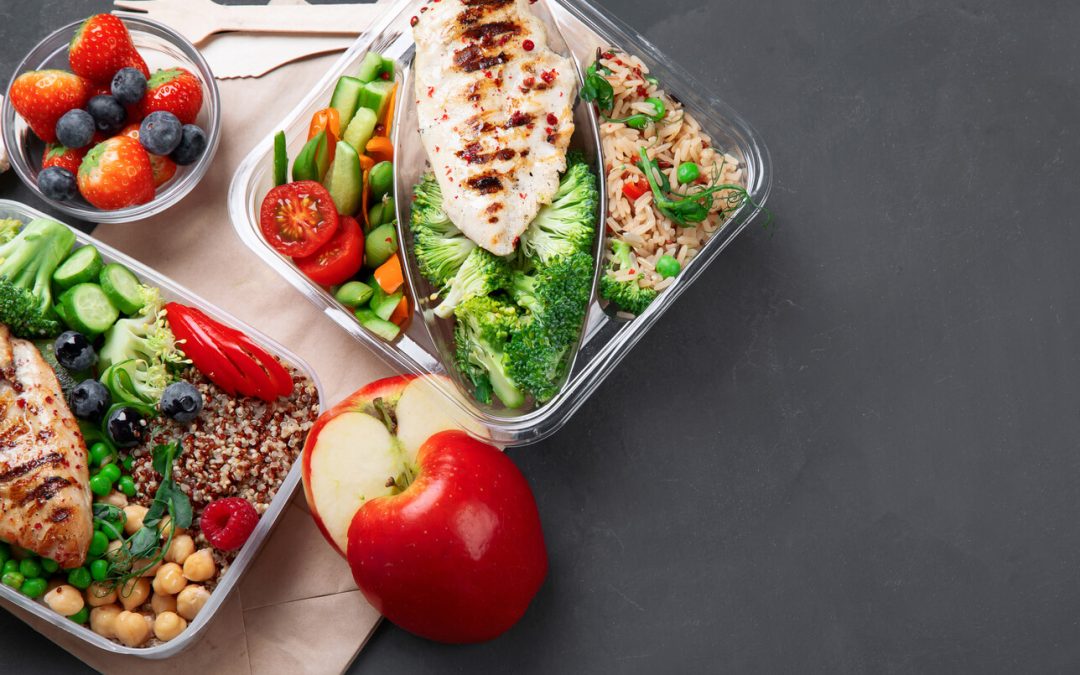Discover the art of food photography and explore a variety of creative styles to elevate your culinary images. From captivating close-up shots that highlight the intricate details of your dishes to dynamic action shots that capture the energy of food preparation, there’s a style for every food photographer. Learn how to master overhead shots for stunning flat lay compositions and create lifestyle shots that bring your dishes to life in a natural setting. Dive into the world of food photography and unleash your creativity to capture mouthwatering images that tell a story.
Understanding the Basics
Let’s start with the basics. Lighting is key when it comes to food photography. Natural light is your best friend, so try to shoot near a window or outdoors if possible. Avoid harsh overhead lighting, as it can create unappealing shadows. Use a diffuser or reflector to soften the light and eliminate harsh shadows.
Composition is another important aspect of food photography. The rule of thirds is a good guideline to follow – place your main subject off-center to create a more visually appealing image. Experiment with different angles and perspectives to find the most flattering view of your dish.
Essential Equipment
You don’t need fancy equipment to get started with food photography, but having the right tools can make a big difference. A DSLR camera with a macro lens is ideal, but a smartphone can also produce great results. Invest in a tripod to keep your camera steady and a remote shutter release to avoid camera shake.
Props and styling tools can also enhance your photos. Simple white plates and bowls can make your food stand out, while utensils and napkins can add a touch of realism to your images.
Tips for Food Styling
Food styling is all about making your dish look as appetizing as possible. Use fresh ingredients and garnishes to add color and texture to your photos. Arrange your food carefully on the plate, and don’t be afraid to play around with different compositions until you find the perfect look.
Lighting Techniques
As mentioned earlier, natural light is ideal for food photography. Try to shoot during the day when the light is soft and diffused. If you’re shooting indoors, place your subject near a window and use a reflector to bounce light back onto your dish.
Editing and Post-Processing
Editing is the final step in creating a mouthwatering food photo. Use editing software to adjust the colors, contrast, and sharpness of your image. Crop and straighten your photo if needed, and don’t be afraid to experiment with different filters and effects to enhance the mood of your photo.
Creative Food Photography Styles
There are many different styles of food photography to explore. Close-up shots can highlight the details of your dish, while overhead shots can create a stunning flat lay effect. Action shots can capture the excitement of cooking or serving food, while lifestyle shots can show your dish in a natural setting.
Food photography offers a canvas of creative possibilities, allowing you to experiment with various styles to capture the essence of your dishes. Here are some popular styles to consider:
- Close-Up Shots: Also known as macro photography, close-up shots focus on capturing the intricate details of your dish. This style works particularly well for showcasing textures, colors, and the finer elements of your food. Get up close and personal with your dish to create visually compelling images that draw viewers in.
- Overhead Shots (Flat Lay): Overhead shots provide a unique perspective by capturing your dish from above. This style is perfect for showcasing the layout and arrangement of your food, especially for flat lay compositions. Experiment with different angles and arrangements to create visually striking images.
- Action Shots: Action shots capture the dynamic nature of food preparation and serving. Whether it’s pouring a sauce, slicing a cake, or tossing a salad, these shots convey a sense of movement and energy. Action shots can add a storytelling element to your images, making them more engaging and lively.
- Lifestyle Shots: Lifestyle shots aim to place your dish in a real-life context, showing it being enjoyed in a natural setting. This style can evoke a sense of ambiance and atmosphere, giving viewers a glimpse into the experience of enjoying the food. Consider incorporating props, such as table settings or dining utensils, to enhance the storytelling aspect of your images.
Experimenting with different styles of food photography can help you discover your unique aesthetic and storytelling approach. Whether you prefer the intimate details of close-up shots or the dynamic energy of action shots, each style offers a unique way to capture the beauty and essence of food.
Telling a Story with Your Photos
One of the best things about food photography is that it can tell a story. Incorporate human elements into your photos, such as hands holding a fork or a chef preparing a dish. Use props and backgrounds to set the scene and create a narrative with your images.
Wrap-Up: Your Journey into Food Photography
Congratulations on completing this beginner’s guide to food photography! Whether you’re a culinary enthusiast eager to showcase your creations or a photography novice venturing into a new realm, food photography offers a delightful blend of creativity and satisfaction. Armed with these tips and techniques, you’re now equipped to embark on your own food photography adventure. So, grab your camera, immerse yourself in the world of food styling and composition, and unleash your creativity to capture stunning, mouthwatering images that tell a story and tantalize the senses. Happy shooting!

